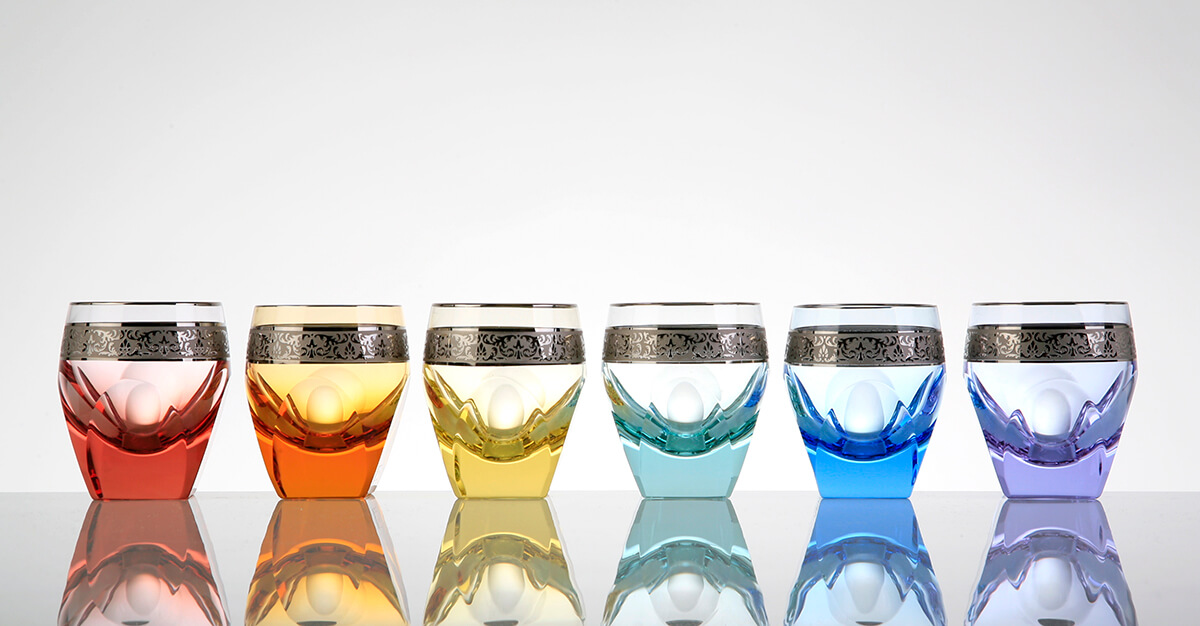
A range of glasses crafted by Moser
Moser glassworks was founded in 1857 in the tiny quaint town of Karlovy Vary, just outside of Prague, and is now one of the world’s best-known luxury artisanal glassware brands. Kitty Harris travelled to the glass workshop to speak to Moser’s Art Director, Lukáš Jabůrek about inspirations, collaborations and meeting the demands of diverse luxury markets on the brand’s 160th anniversary year.
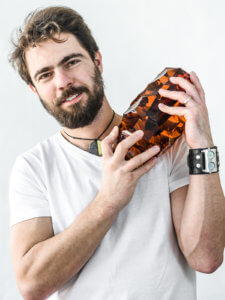
Lukáš Jabůrek, Moser’s Art Director
Kitty Harris: What is your background? How did you start?
Lukáš Jabůrek: I studied the cutting and design of glass at a school in Nový Bor. I later worked as a glass cutter in various glass factories in France, The Netherlands and Ireland for some years. I then worked as a teacher in a glass school and later, I came to Moser as an artist, designer and technologist.
Follow LUX on Instagram: the.official.lux.magazine
KH: Why did you choose glass cutting? Was it a tradition within your family?
LJ: During my childhood, I always enjoyed painting and architecture, so I decided to attend art school. During my time there, I became involved in glass cutting and I found it inspiring. It is so diverse, as it can be used to make sculptures and decorations, amongst many other things.
KH: What is the best thing about your job?
LJ: Cutting! Every day is different and I always have new ideas and designs. I find the process of cutting glass here in the studio very relaxing.
KH: Where do you draw inspiration from?
LJ: From architecture, nature and life in general. I take inspiration from everything around me.
KH: How do you encourage younger generations? It is a very specialised practice and not many young people may know about it or are interested…
LJ: It is very difficult because many young people don’t know about glass cutting or necessarily want to work with it. Physically, it is very difficult work. With oven temperatures reaching 1400 degrees the manual work is exhausting. If the temperature outside is above 30 degrees we do not allow the glassblowers to work as is it too hot in the factory. As the day goes on, the ovens cool down, to 700 degrees and at this temperature we can make larger pieces of glass – though this is even more demanding work.
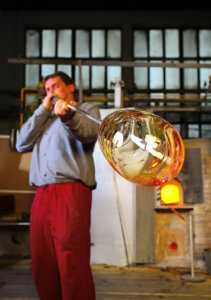
Glass blowing at the Moser workshop
In order to deal with this, we partner with schools and students. I search for talent and I invite students to do internships at the studio. Now they only have three or four students per year so it is very small selection to choose from. They train for three years at glass making school and many drop out. But here in the glass factory, we have two student departments and a glass school. This year we will have the very first female glassblower to work at Moser glassworks. We rely a lot on tradition, the craft being passed down generation to generation. Recently, our master glass blower, who has worked at Moser for 60 years, retired and his son is now the manager of the glassblowing workshop.
Read Next: Britain’s newest and greatest intellectual festival at Cliveden House
KH: What makes Moser special?
LJ: It is the combination and range of colours compared to all the glass factories in the world which have a large but basic colour ranges. And of course, it is a 100% handmade production, with cutting, engraving and painting all done by hand. Visitors are invited to the Moser Museum and some guided tours are available around the site, though the work rooms are closed to the public as the workers need a quiet environment to concentrate in as one wrong 1mm line of engraving can mean a piece (that has gone through 20 other hands before it arrived) is thrown away. Once a year we do an open door day where we run competitions and invite locals and families to spend the day at the factory.
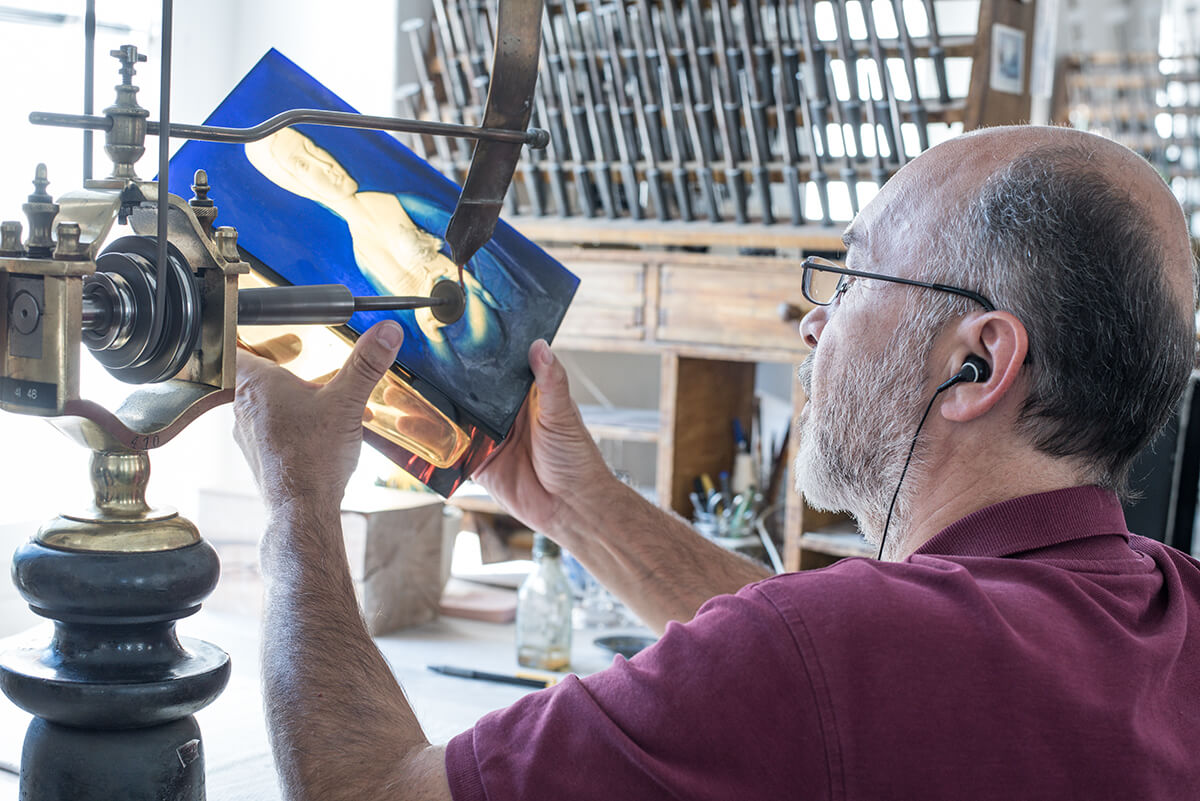
Glass art engravings in the Moser workshop
KH: Why is it a luxury?
LJ: Because it is a special design from the best designers. The colour range is very unique. With regards to production, we have the best cutters and engravers. We maintain very high quality, because we get rid of 70% of the glass at the first innining – these might have bubbles, dust or imperfections. One vase may take one hour, and ten vases go to the next worker in the production chain but this ten may yield only two pieces. So, you must make many pieces for selection.
A piece must be ordered 3 months in advance. Unlike fast paced production lines, seen in other luxury brands, that produce replicated items, each Moser glassworks piece is unique. If an order requires engraving, this can take much longer than three months, bearing in mind to paint one piece can take a whole month.
Read next: Geoffrey Kent on the world’s most extraordinary natural wonders
KH: How does the company stay contemporary?
LJ: We say that we collect traditional, historic and contemporary design. We keep a specific face of Moser glassworks, but we also collaborate with other designers, artists and architects. We look for new contemporary trends and styles.
KH: The 160th anniversary collection was the biggest you’ve ever made. What different inspiration went into that collection?
LJ: The inspiration for this collection was the history of Moser glassworks as a company. We selected seven periods of time from the last 160 years to represent different eras. Every part has a few pieces from these periods, including historical motifs, engraved art nouveau plant decorations and gilded African scenes.
KH: You have to cater to different luxury markets, how do they compare?
LJ: For certain countries we have special collections, for Taiwan we do a selection of hand engraved animals on colour glass vases. In terms of platinum or gold painted detail, the USA prefer Platinum whilst the EU prefers Gold; this is why Queen Elizabeth’s Splendid Collection is painted in 24kt gold paint.
KH: You have partnerships with some big luxury brands, including Asprey, David Linley and William & Son. Which are the most successful and why?
LJ: They are successful because it is the merging of two different worlds that still have the same traditions of quality and philosophy. We are very like-minded.
Kitty Harris: How does your design approach differ for each brand?
Lukáš Jabůrek: I look at history, for example history of Great Britain and the culture. I look at these symbols for specific inspiration.
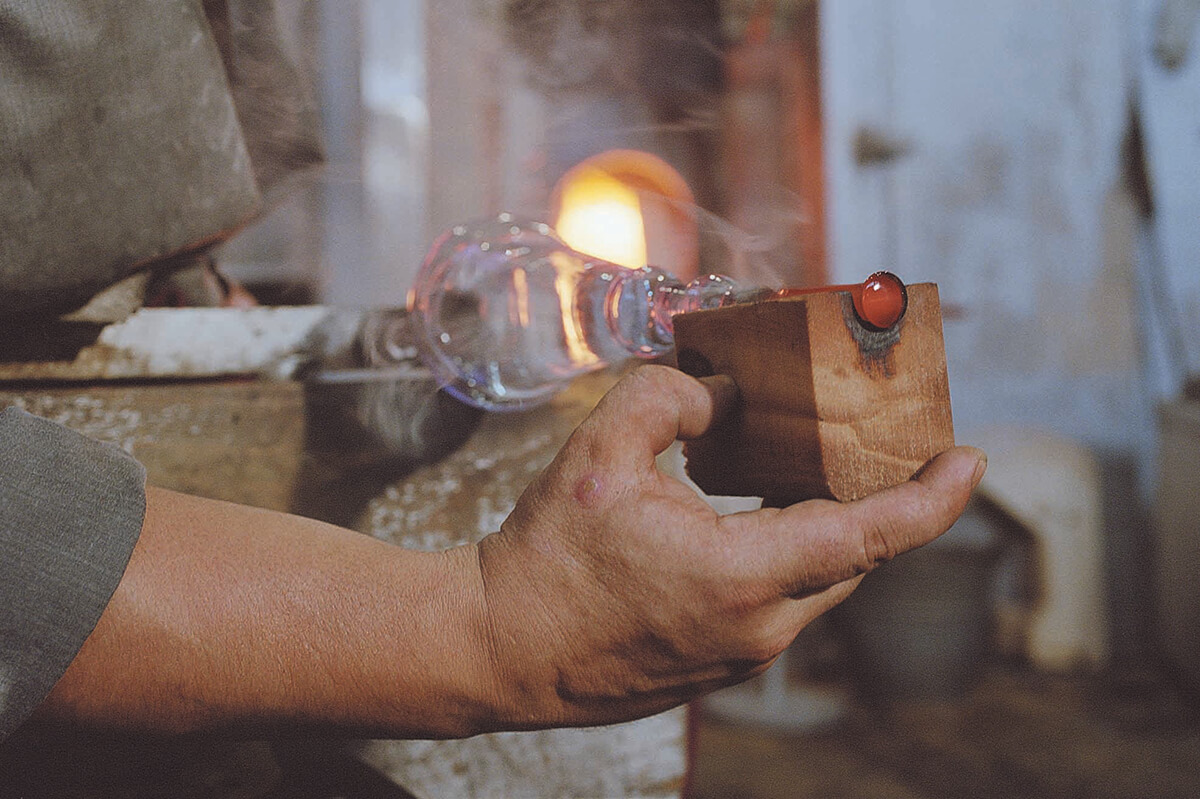
Stem forming using a wooden mould in the Moser glassworks factory
KH: Can you draw a distinction between Moser as a product and Moser as an art?
LJ: There is a very small difference, because Moser does not carry out mass machine production. It is careful art production and every piece is unique and original. In our glass factory, every piece is really specific. The construction of every piece is unique. Whilst drink sets have more classic production, our decorative objects are made differently as artistic pieces.
KH: What’s next for Moser glassworks?
LJ: I would like to maintain exceptional standards. But, I would like to introduce fresh designs whilst keeping the history firmly in the design. We would also like to develop a presence in interior design for hotels, restaurants and resorts. For example, developing lamps and chandeliers. It is always evolving at Moser.
moser-glass.com
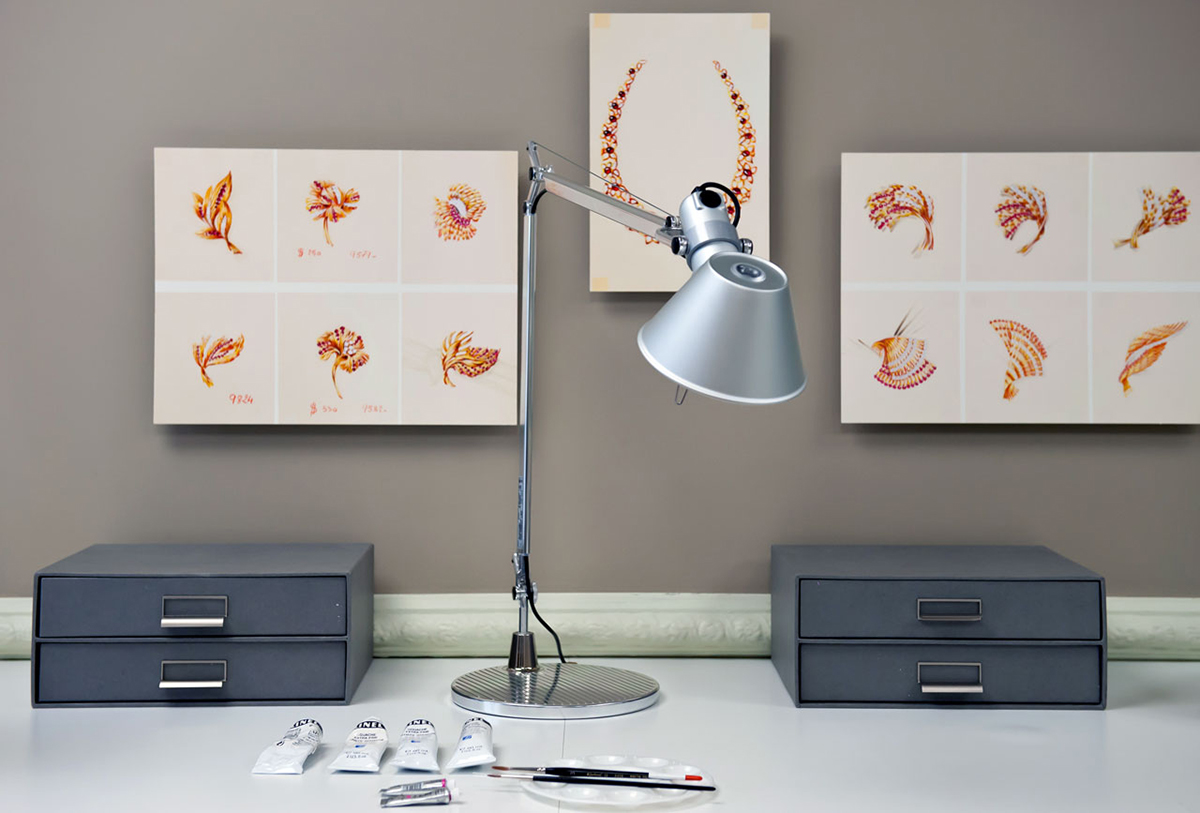

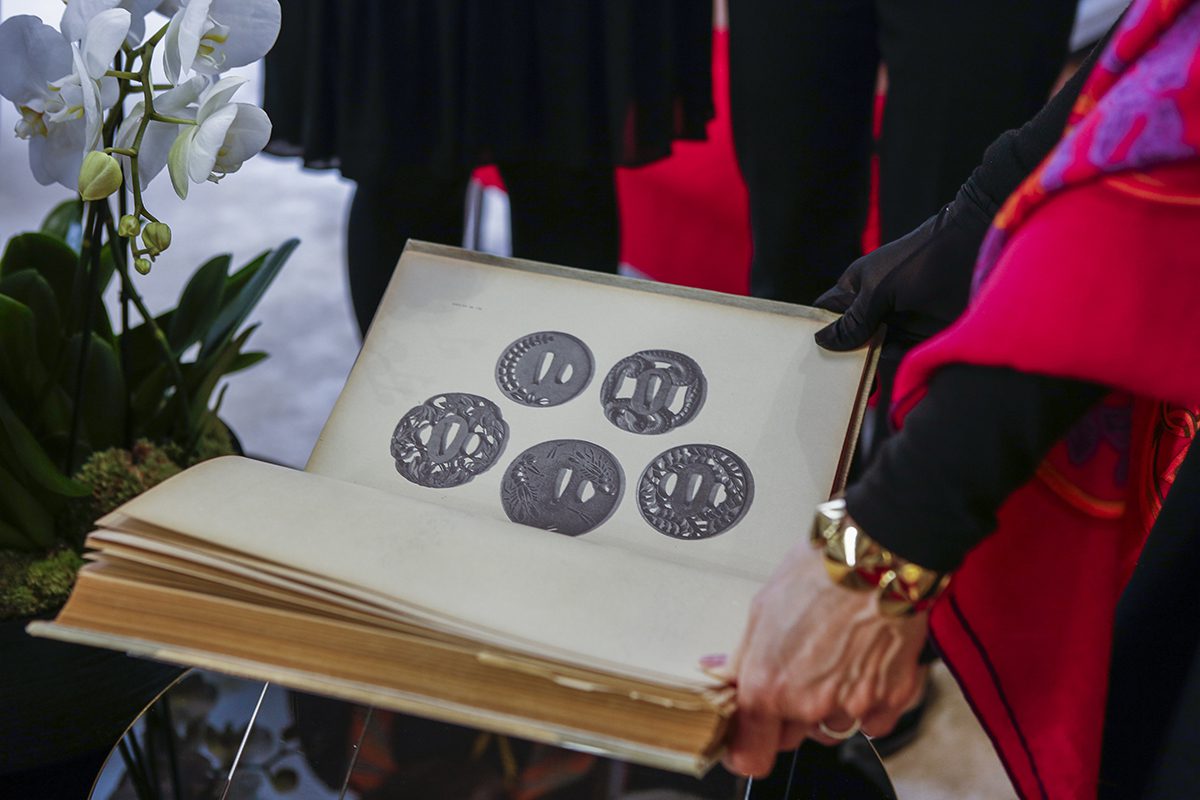




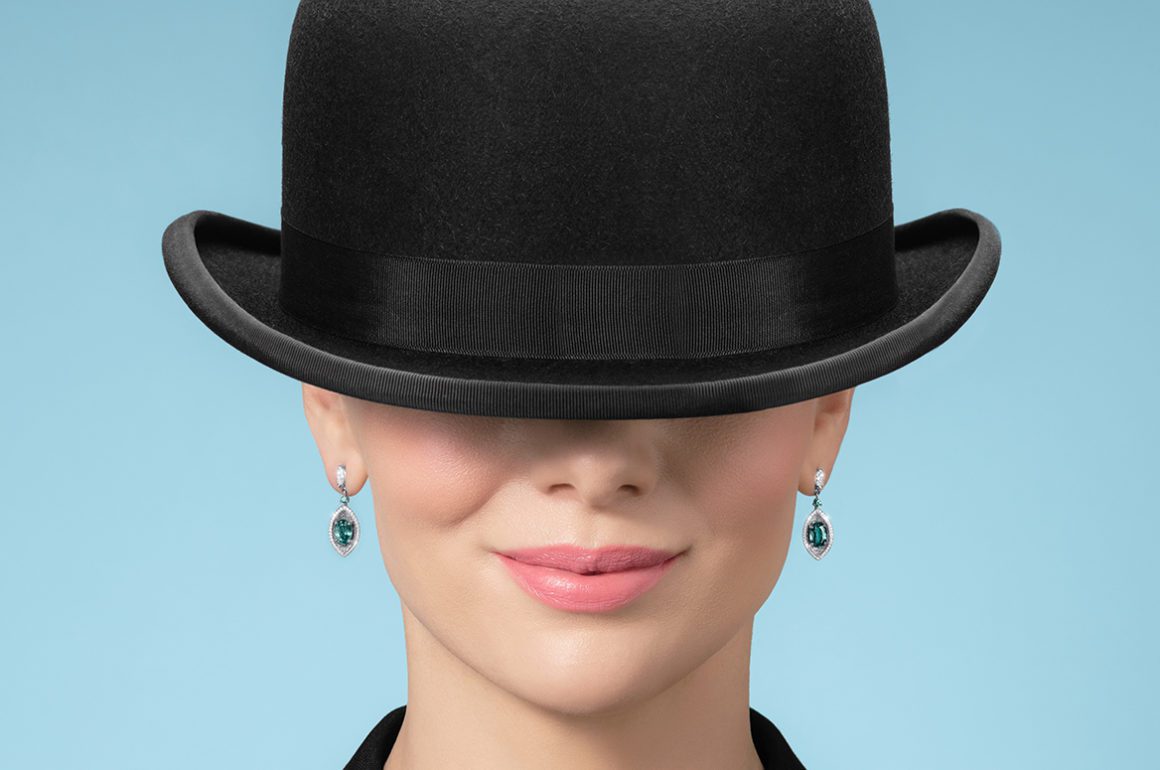
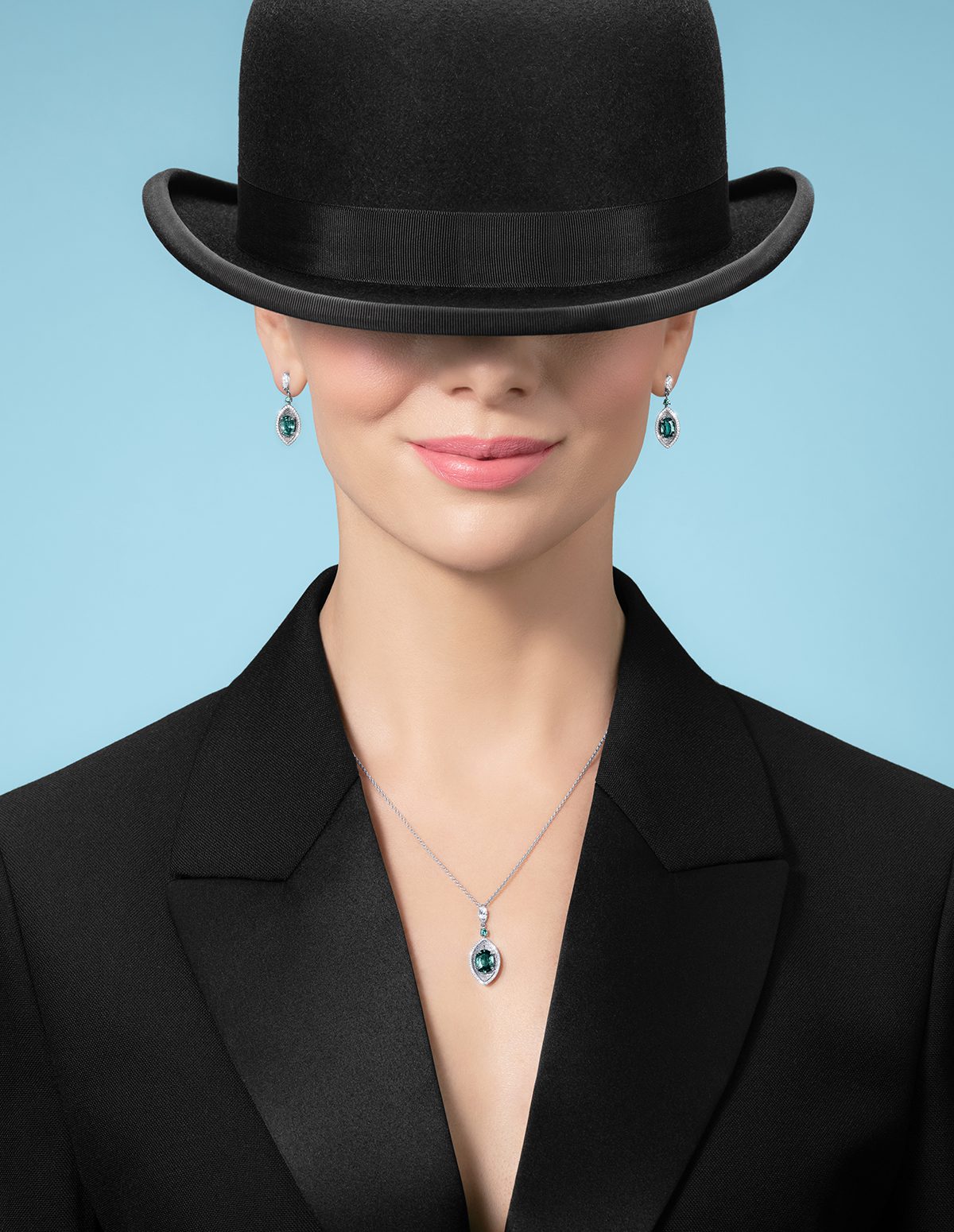
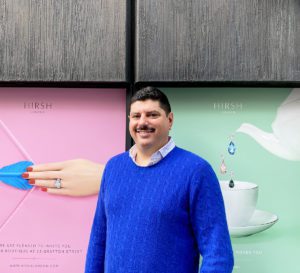
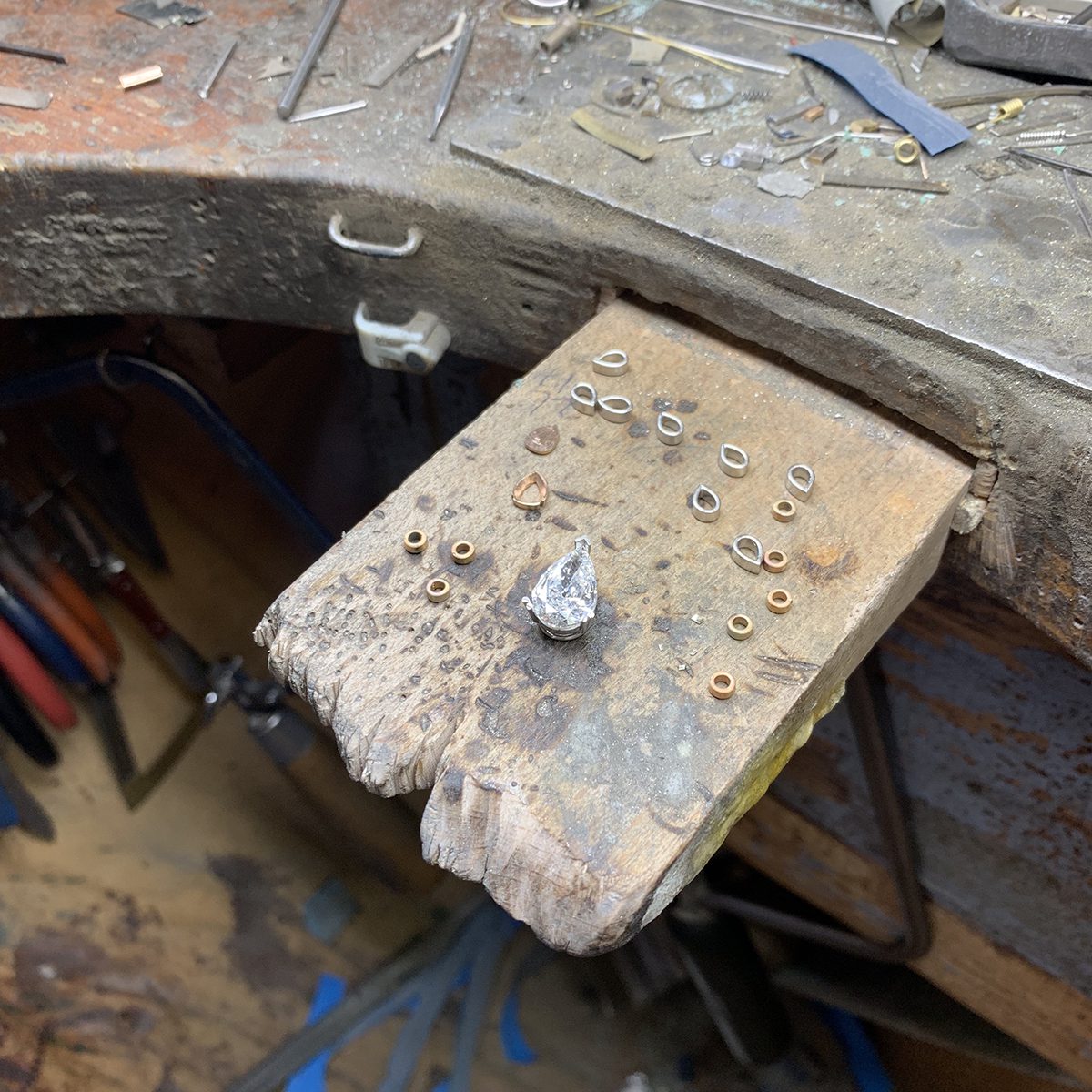
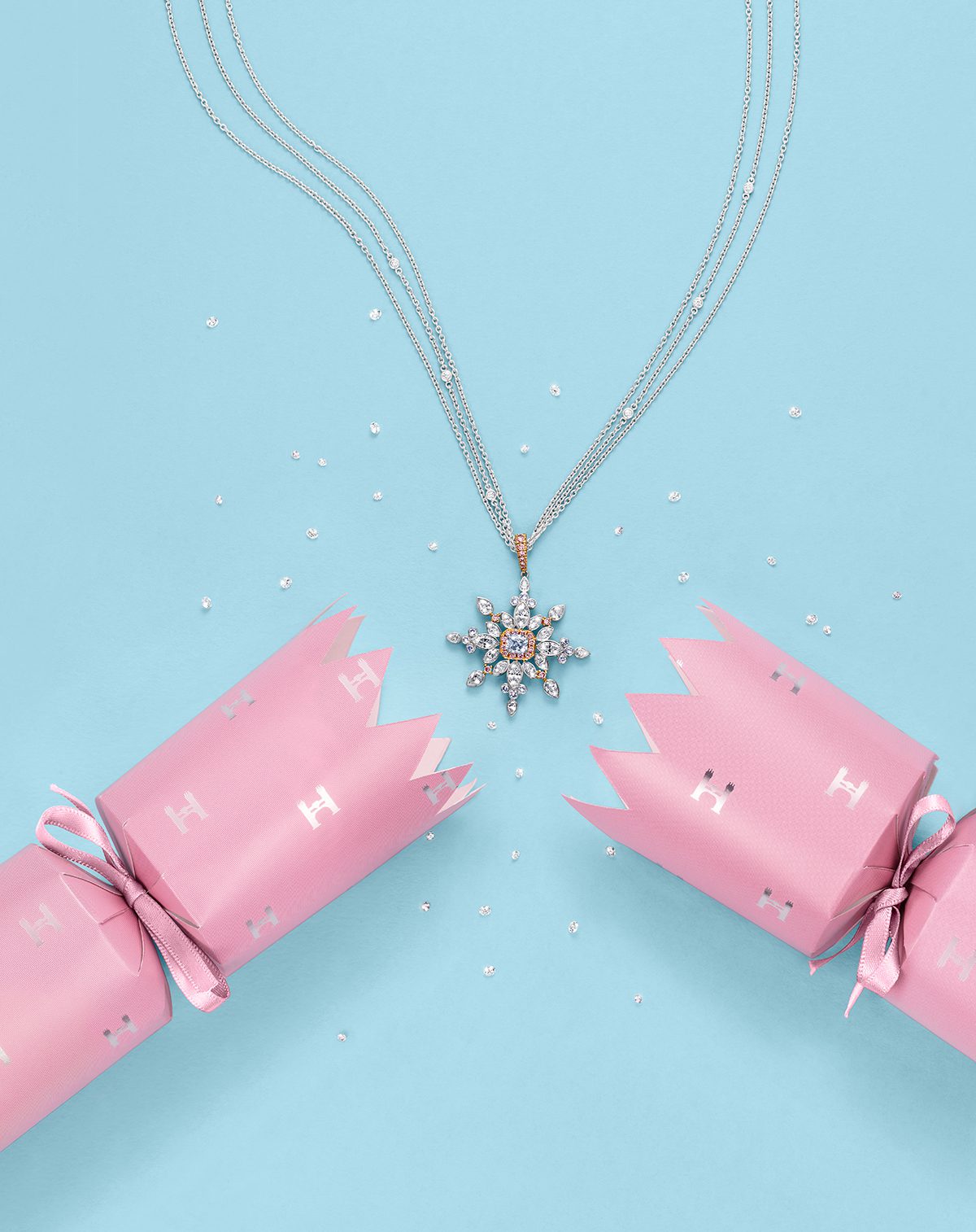
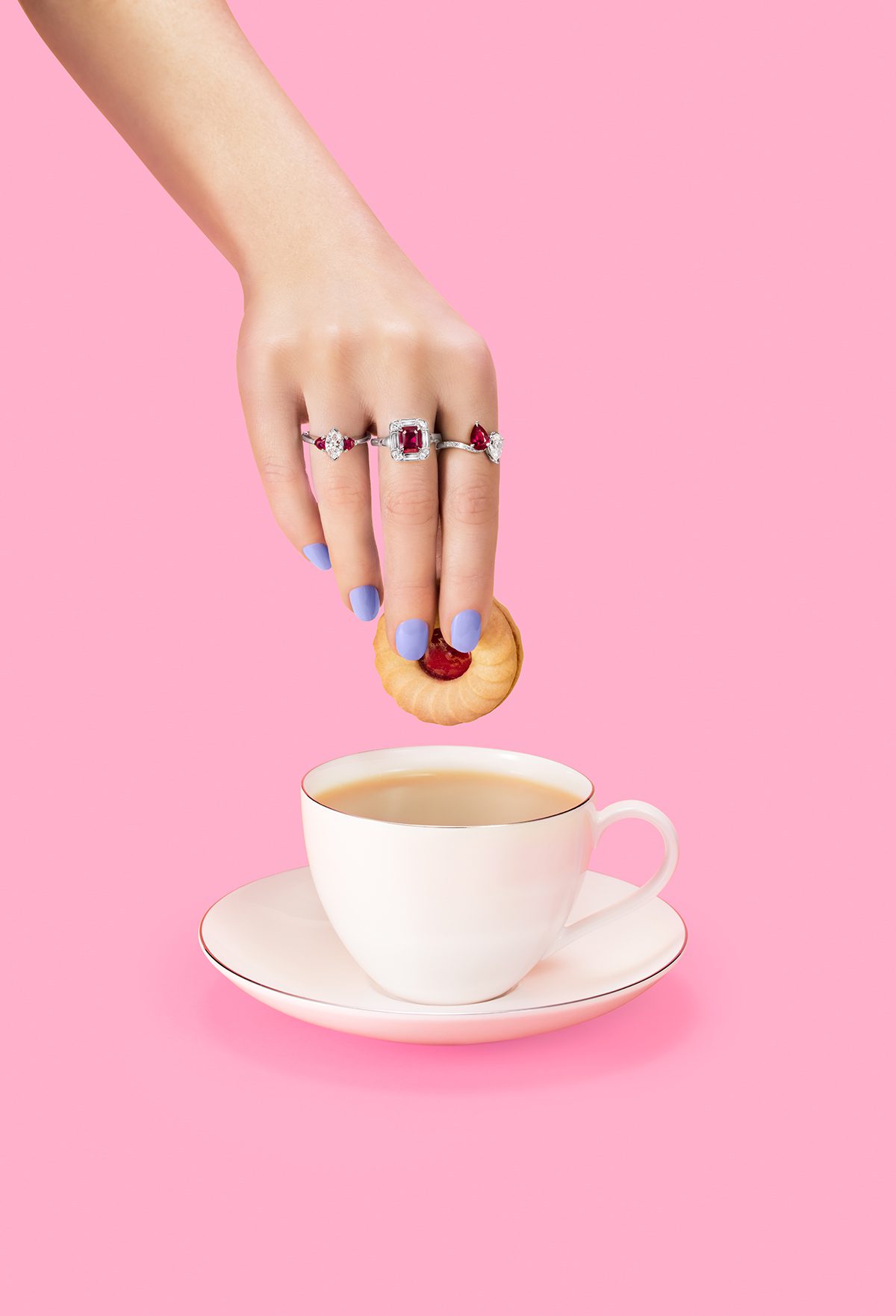
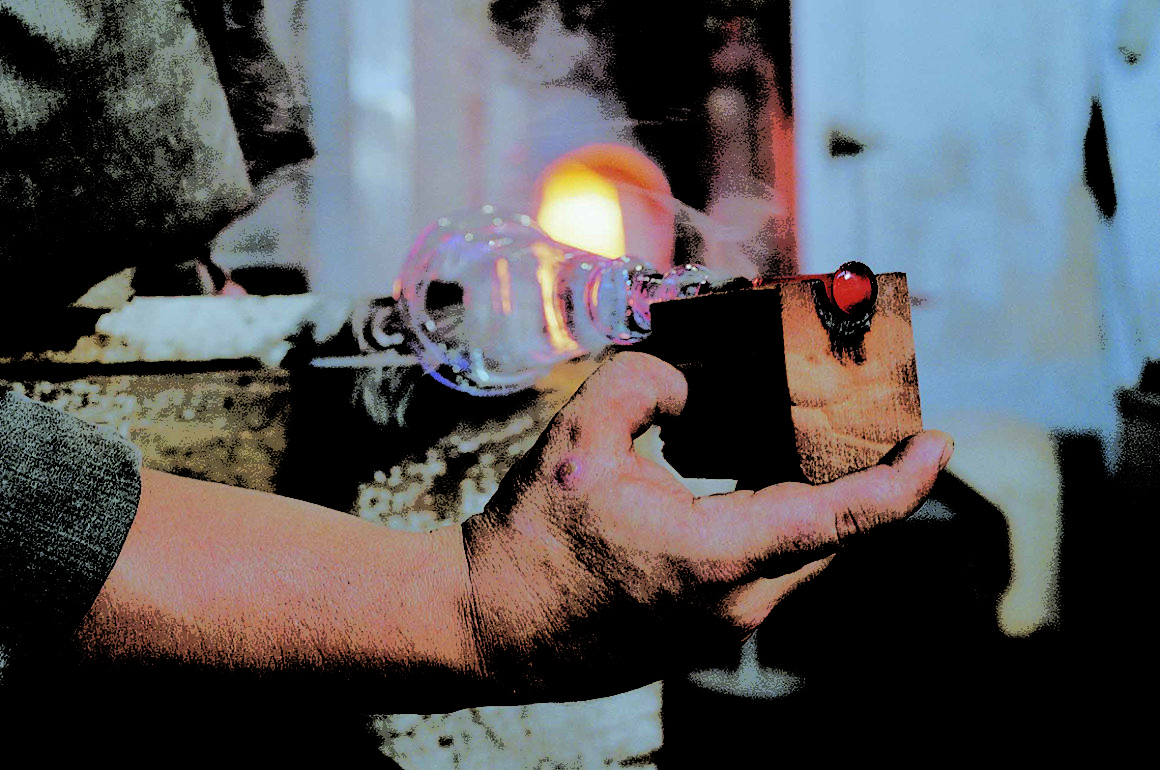










Recent Comments